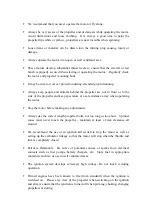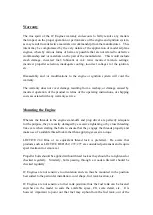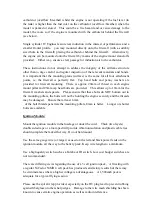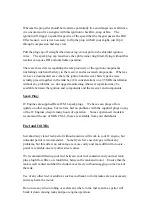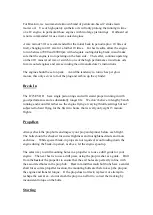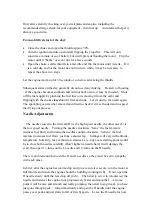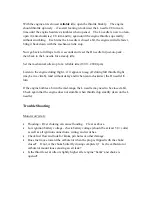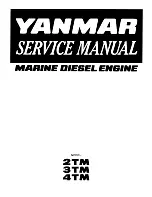
Only after carefully checking over your airplane and engine, including the
recommended range check for your equipment – then fuel up. An informed helper is
always a good idea.
From cold (first start of the day):
Close the choke and open the throttle approx 50%.
Turn the ignition module on and start flipping the propeller. This will only
consume a minute or so of battery but it will prevent flooding the motor. Flip the
motor until it “barks” or even runs for a few seconds.
Open the choke, set the throttle to a fast idle and flip the motor until it starts. If it
is a cold day and /or the motor has not run for a while, it may be necessary to
repeat the above two steps.
Let the engine warm up for 30 seconds or so before advancing the throttle.
Subsequent starts on the day generally do not need any choking. Be alert to flooding
– if the engines becomes stubborn and will not bark or run, it may be flooded. Shut
off the fuel supply by pinching the fuel line (or removing it from the carb) and
flipping with the choke
closed
until it fires and runs. Let it run dry, then start again.
The spark plug can also be removed and dried to check if it was flooded and to speed
the drying out process.
Needle Adjustments
The needle closest to the firewall (H) is the high speed needle, the other one (L) is
the low speed needle. Turning the needles clockwise “leans” the fuel mixture
(reduces fuel flow) and turning the needles counter-clockwise “richens” the fuel
mixture (increases fuel flow), just like a shower tap. Settings will vary with altitude,
temperature, humidity, fuel, carburetor variances, etc., but a safe starting point would
be to close both needles carefully (Don’t tighten a needle hard, it will damage the
seat), then open 1½ turns on the L needle and 1¾ turns on the H needle.
There is an interaction between the H and L needles so they must be set in sympathy
with each other.
In brief, after the engine has warmed up and you are sure it is secure, run the motor at
full throttle and listen, the engine should be burbling (running rich). If not, open the
H needle slowly until the revs drop off (rich). Then slowly screw in (clockwise) the
needle and listen as the engine runs progressively faster and smoother. At some
point it will be nice and smooth and really pumping, then start to sag (lean), you have
just gone through peak. Stop immediately and open the H needle until the engine
passes over peak and just starts to fall off (rich) again. Leave the H needle for now.


